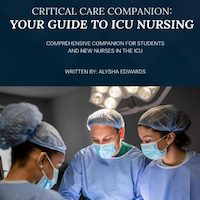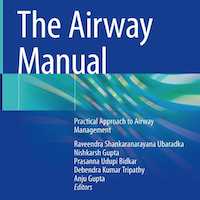Stories Category: Intensive Care

High resuscitative endovascular balloon occlusion of the aorta procedural volume is associated with improved outcomes
Resuscitative endovascular balloon occlusion of the aorta survival is increased at high versus low utilization centers. Increased experience with REBOA may be associated with earlier deployment and subsequently improved patient... read more
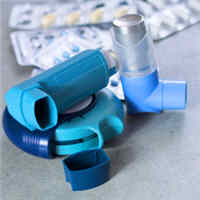
Prescription Rates Changes for Inhaled Corticosteroids During the COVID-19 Pandemic
During the COVID-19 pandemic, despite early concerns the impact oral corticosteroids might have on the effects of acute COVID-19 reported by the WHO and the potential severity of disease in patients with asthma and chronic... read more
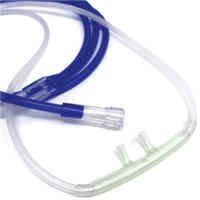
Respiratory Drive in Sepsis and Septic Shock Patients: Modulation by High-flow Nasal Cannula
Patients with sepsis and septic shock of extrapulmonary origin present elevated respiratory drive and effort, which can be effectively reduced by high-flow nasal cannula. 25 nonintubated patients with extrapulmonary sepsis... read more

Early Mortality Prediction in Sepsis Patients Using Structured Features and Unstructured Clinical Notes
Sepsis is an important cause of mortality, especially in intensive care unit (ICU) patients. Developing novel methods to identify early mortality is critical for improving survival outcomes in sepsis patients. Using the... read more
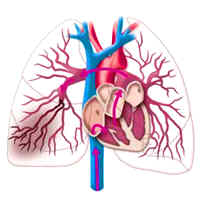
Subsegmental Pulmonary Embolism Increased Rate of Recurrent VTE
Overall, patients with subsegmental pulmonary embolism who did not have proximal deep venous thrombosis had a higher-than-expected rate of recurrent venous thromboembolism (VTE). Recruitment was stopped prematurely because... read more

Loading and Increasing Vancomycin Dose Frequency Not Advantageous for Gram-Positive Sepsis in Infants
The efficacy of a vancomycin loading dose with more frequent dosing and shorter duration of treatment was comparable to standard dosing regimens for gram-positive sepsis in infants but with heightened risk for impaired hearing,... read more
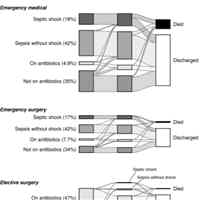
Descriptors of Sepsis Using the Sepsis-3 Criteria
We successfully operationalized the Sepsis-3 criteria to an electronic health record dataset to describe the characteristics of critical care patients with sepsis. This may facilitate sepsis research using electronic health... read more

Healthcare Worker Safety and COVID-19
It had been apparent from the start of the pandemic that both patients and healthcare workers are at significant risk of acquiring COVID-19 in hospitals. In an early report from Wuhan more than 40% of infections were hospital-acquired,... read more
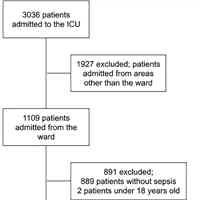
Fever is Associated with Reduced Mortality in ICU Patients with Sepsis
To evaluate the association of body temperature with mortality in septic patients admitted to the ICU from the ward. In addition, we intend to investigate whether the timing of antibiotic administration was different... read more
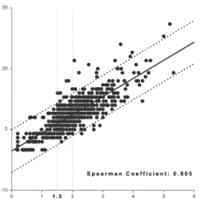
Which Injured Patients with Moderate Fibrinogen Deficit Need Fibrinogen Supplementation?
We have shown in this study an association between shock parameters and fibrinogen administration. Further studies are needed to determine how these parameters may be used to guide fibrinogen administration in trauma patients... read more

Et Tu, Calcium?
We know our core medications for ACLS (epinephrine, amiodarone, lidocaine) but what is the role of other medications, like calcium? We know calcium can be used in the non-ACLS setting for hyperkalemia to prevent or treat... read more
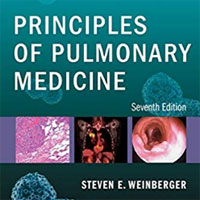
Principles of Pulmonary Medicine
With an emphasis on the pathophysiologic basis of pulmonary disease, Principles of Pulmonary Medicine, 7th Edition, by Drs. Steven E Weinberger, Barbara A Cockrill, and Jess Mandel, provides a superbly illustrated introduction... read more

VTE Diagnosis and Treatment in the COVID-19 Era
This is a very interesting time to be an intensivist with a research interest in blood clots. As such I wanted to use this time to talk about how COVID 19 has changed our approach to diagnostics, therapeutics and even to... read more

Vasopressor Initiation within 1 Hour of Fluid Loading is Associated with Increased Mortality in Septic Shock Patients
Vasopressor initiation within 1 hour of fluid loading was associated with higher 28-day mortality in patients with septic shock. The median time from the initial fluid bolus to vasopressor was shorter in the early group... read more
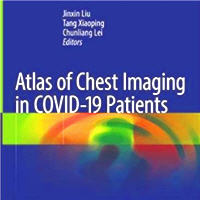
Atlas of Chest Imaging in COVID-19 Patients
This book presents X-ray and CT findings of patients with 2019 Novel Coronavirus (2019-nCoV) pneumonia in early, progressive, critical, and recover stage. It starts with a general review of CT features of new coronavirus... read more
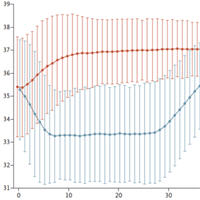
Hypothermia vs Normothermia for Out-of-Hospital Cardiac Arrest
Hypothermia was first introduced in 2002 by two studies, Bernard et al and The Hypothermia After Cardiac Arrest (HACA) trial. The latter, although a small trial, showed improved neurologic outcomes at six months when patients... read more
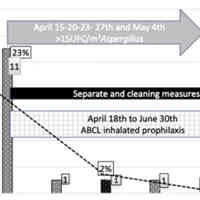
Inhaled Amphotericin B Lipid Complex for Prophylaxis Against COVID-19-associated Invasive Pulmonary Aspergillosis
Recently, Prattes and colleagues published in Intensive Care Medicine a high incidence of coronavirus disease 2019-associated invasive pulmonary aspergillosis (CAPA), according to 2020 ECMM/ISHAM consensus criteria, with... read more


